News
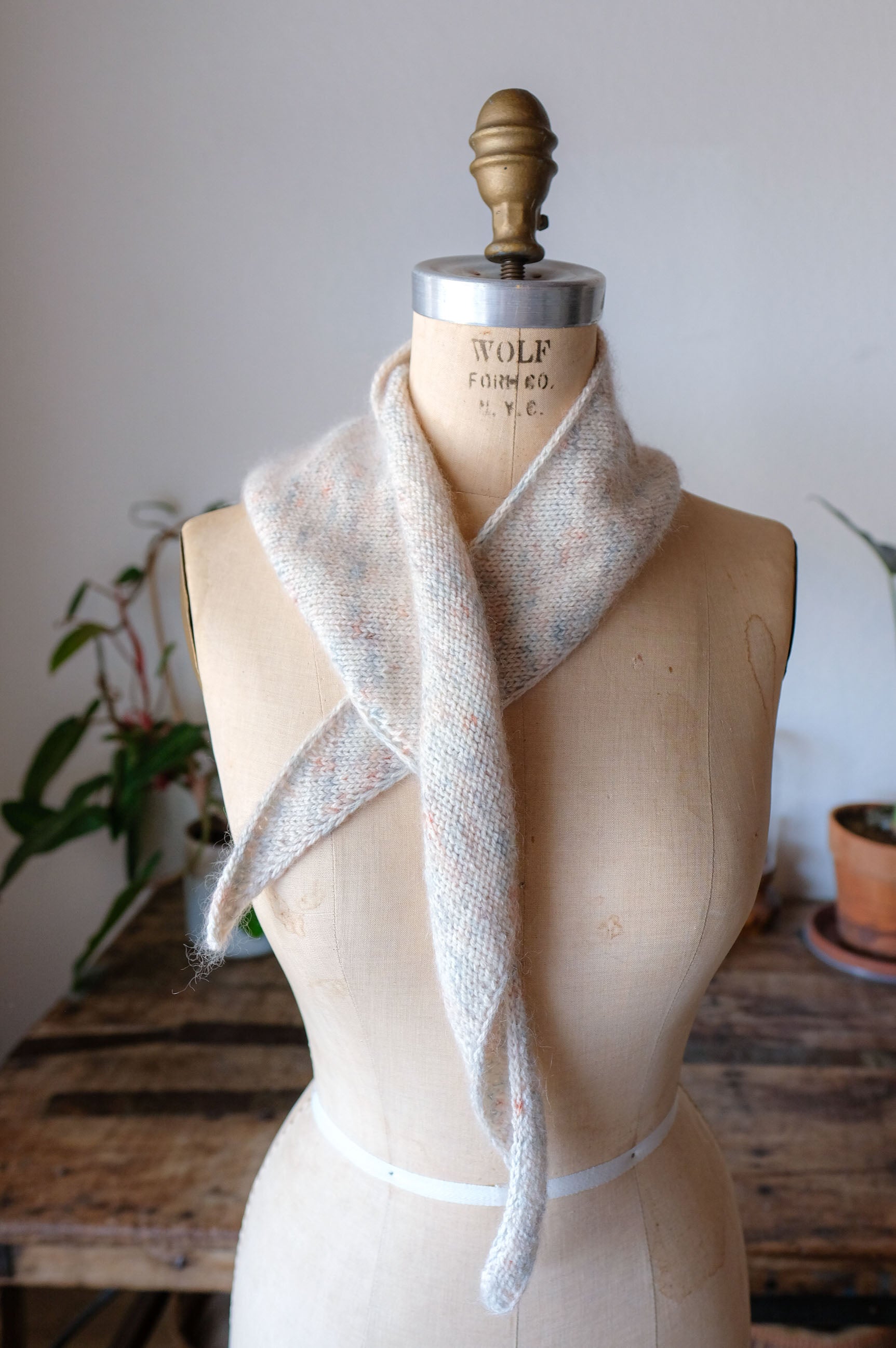
Marine Layer Milli // Cocoknits x AVFKW
A Marine Layer KAL update! ~~~Today, we are featuring: PATTERNMilli Kerchief by CocoknitsYARNAVFKW Nibble (California Fine Wool) in Lighthouse+Frond (silk mohair) in Marine Layer
(1 skein each)
~...
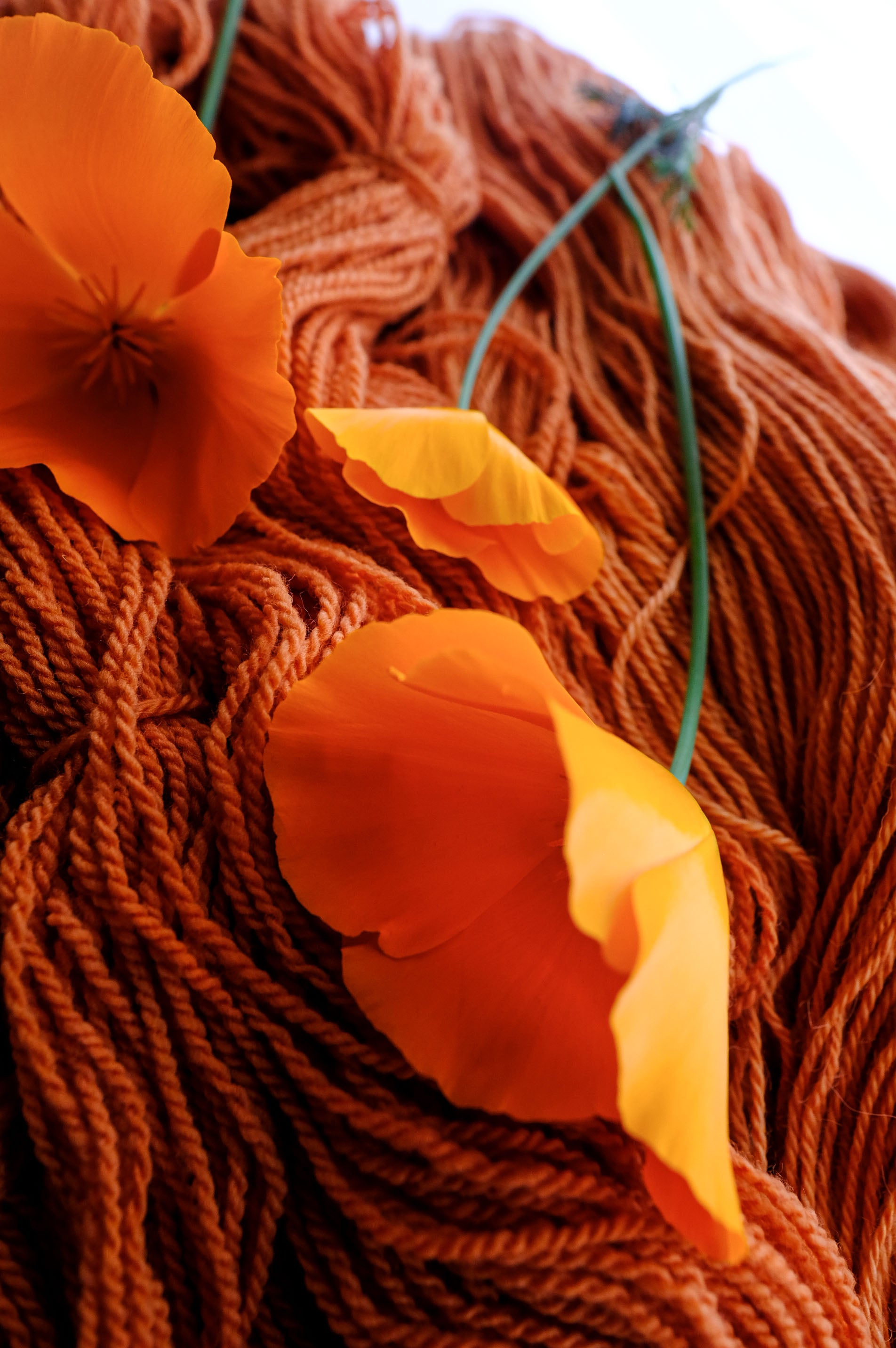
Poppy Season!
Boy, its hard to choose our absolute favorite season in the Bay Area - but poppy season is very high up there.
Right now, our sidewalks and medians are lined with pops of warm, vibrant patches of...
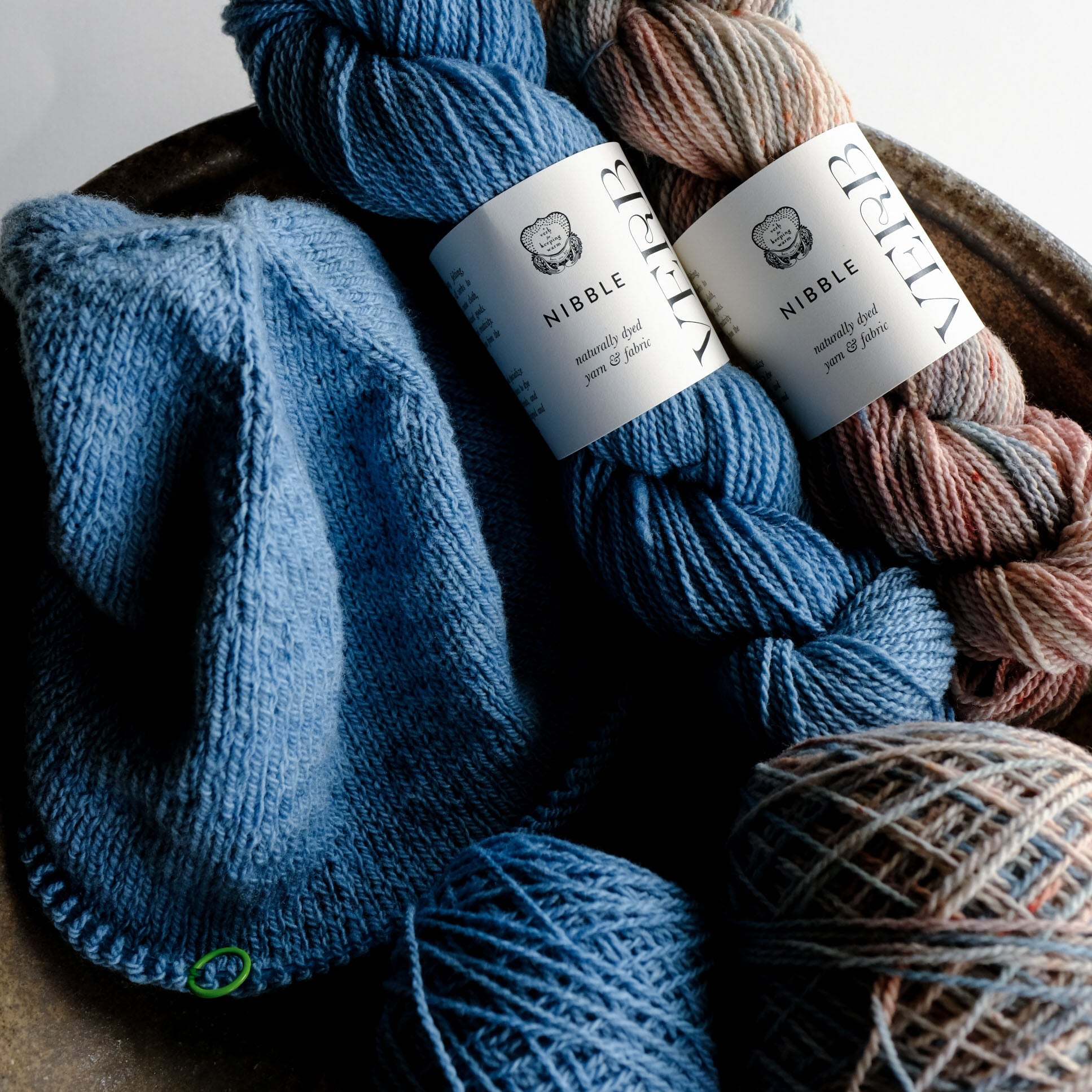
Marine Layer KAL - What Shawn is knitting
Today's Featured Design: PATTERN: Musselburgh Hat by Ysolda Teague YARN: Verb's Nibble in Bay Sailor (1 skein) and Marine Layer (1 skein)
~~~
Musselburgh has been an incredibly popular pattern du...
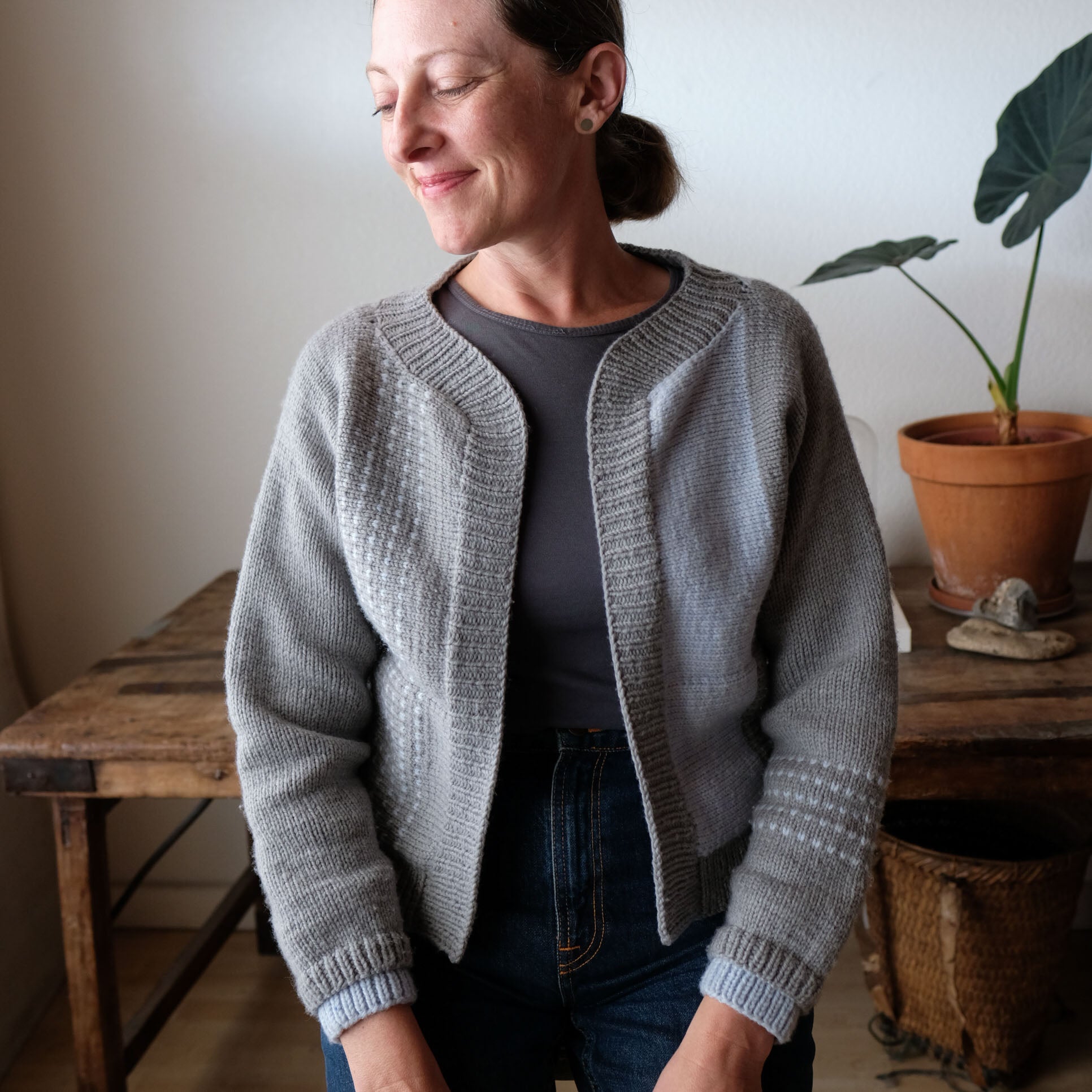
Brienne Cardigan in Bread & Butter Everyday
Today's featured design is:
PATTERN: Brienne Cardigan by Brienne Moody YARN: Bread & Butter Everyday in Graphite (MC) and Day Moon (CC)
~~~
The Brienne Cardigan is a special piece due to all ...
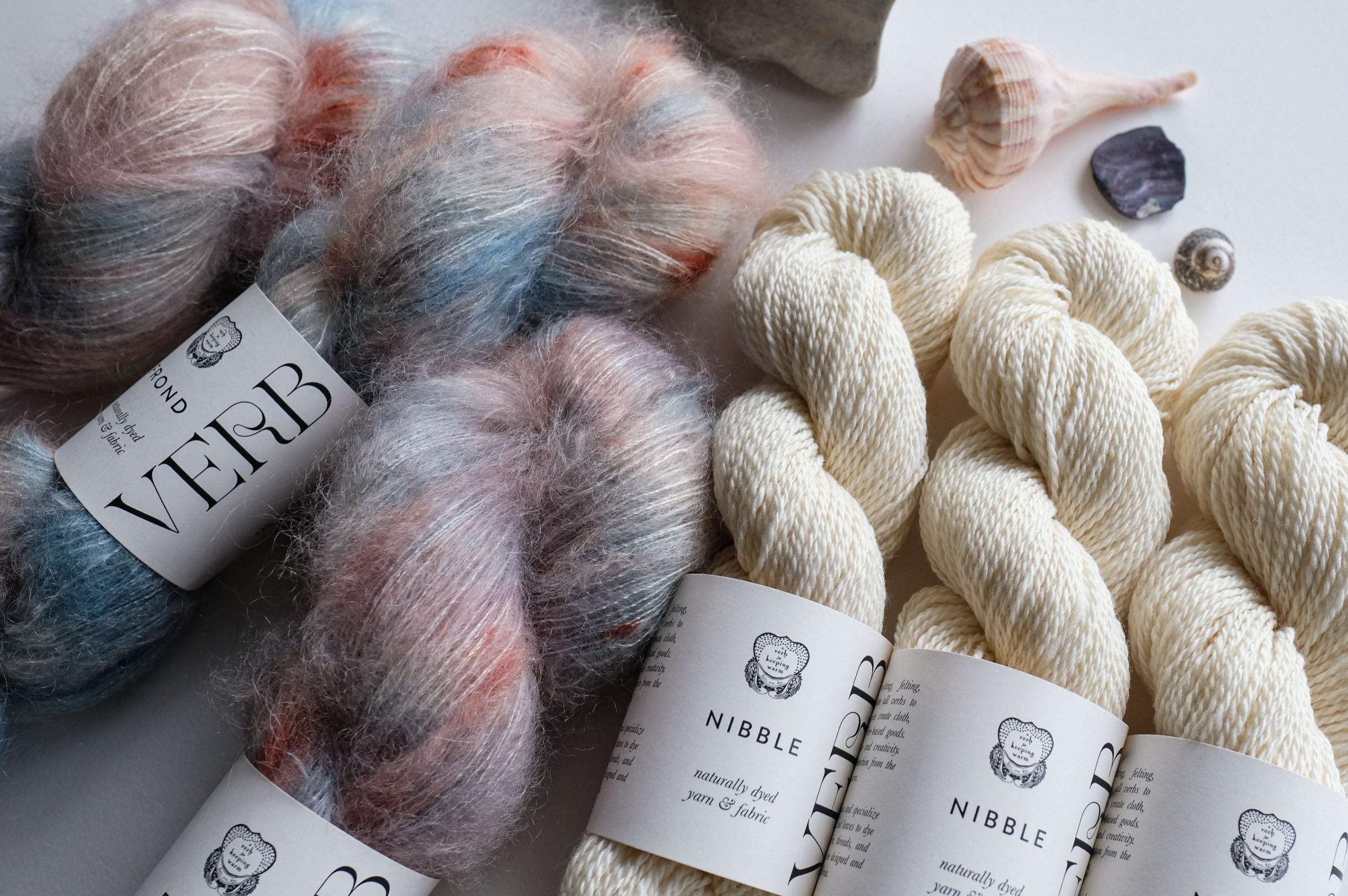
Marine Layer KAL - What Sarah is Knitting
Sarah is knitting Milli by Cocoknits (pictured below). The Team in general is smitten with these small scarves this season. They are the perfect size to work on while commuting and once complete, j...
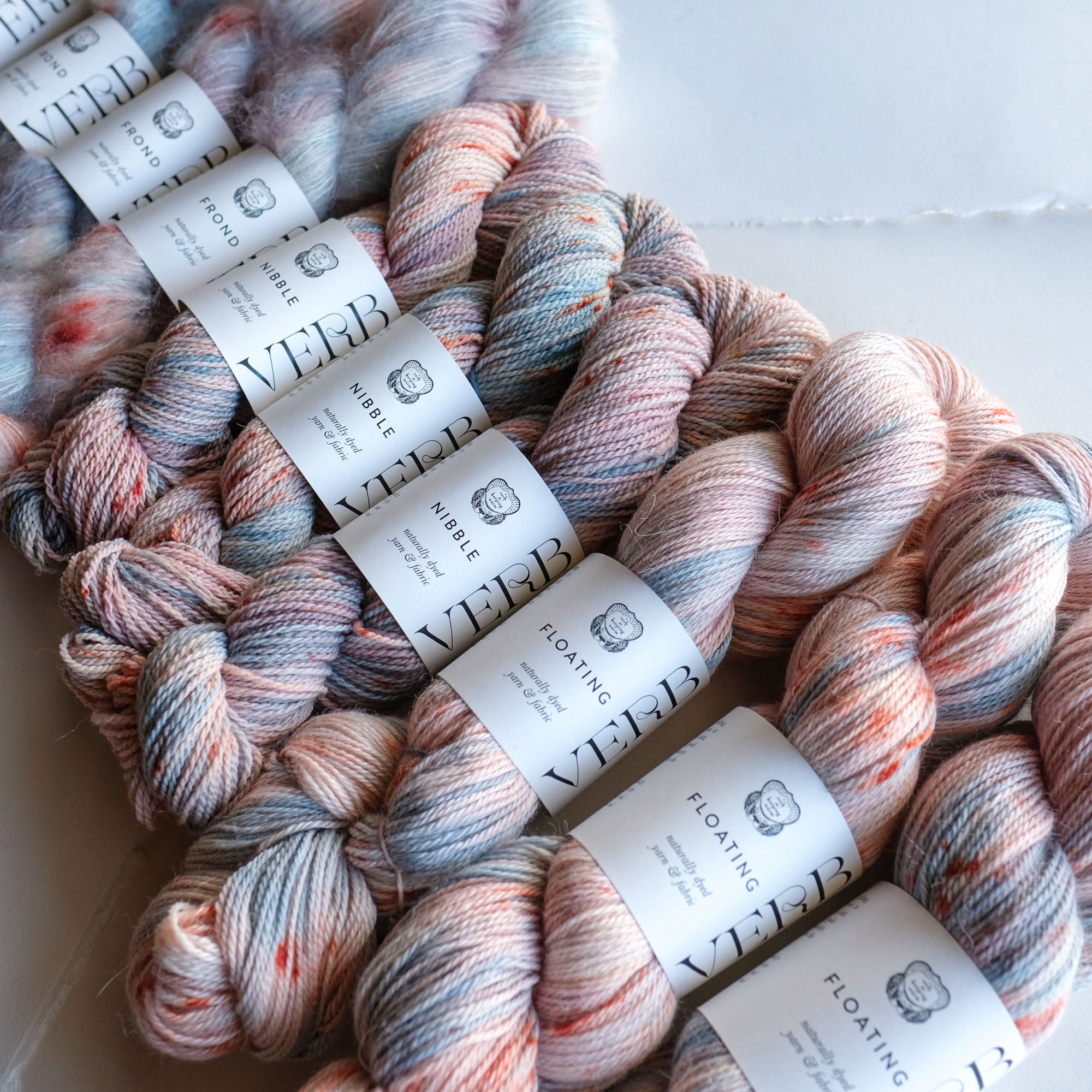
Marine Layer Knit-a-long: Cast on now!
Announcing our Marine Layer Knit-a-long! Starting now! End Date: May 31st, 2024 WIN PRIZES / MAKE CUTE THINGS
1. Cast-on for any project using the colorway Marine Layer by May 31st, 2024.2. Post ph...
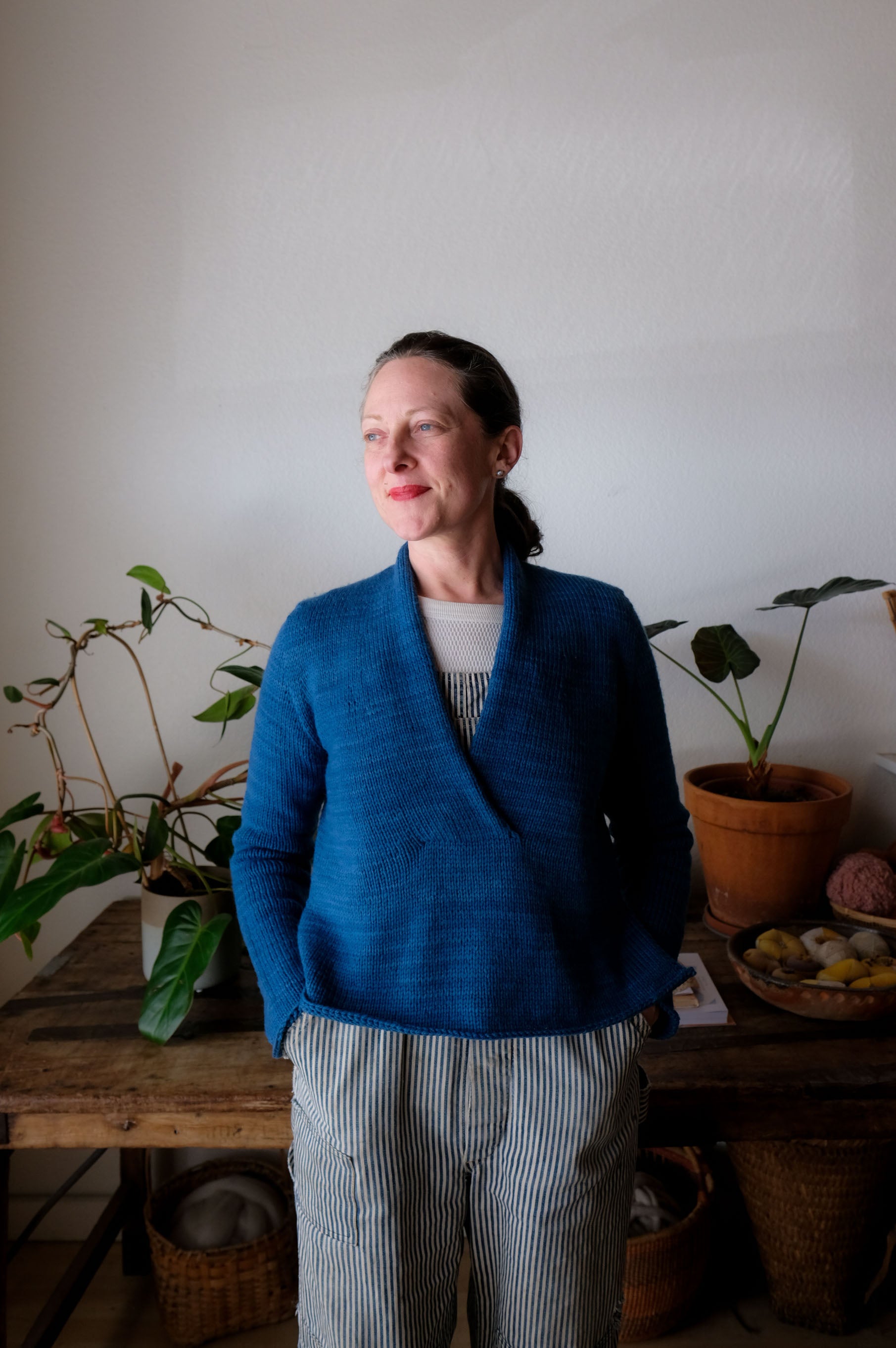
AVFKW x Cocoknits: Ruth Knit-a-Long // Off the Needles!
My Ruth is off the needles, ends woven in, and blocked. It is soft and cozy - perfect for these Spring rainy days. I love how the shawl collar keeps the chill off m...
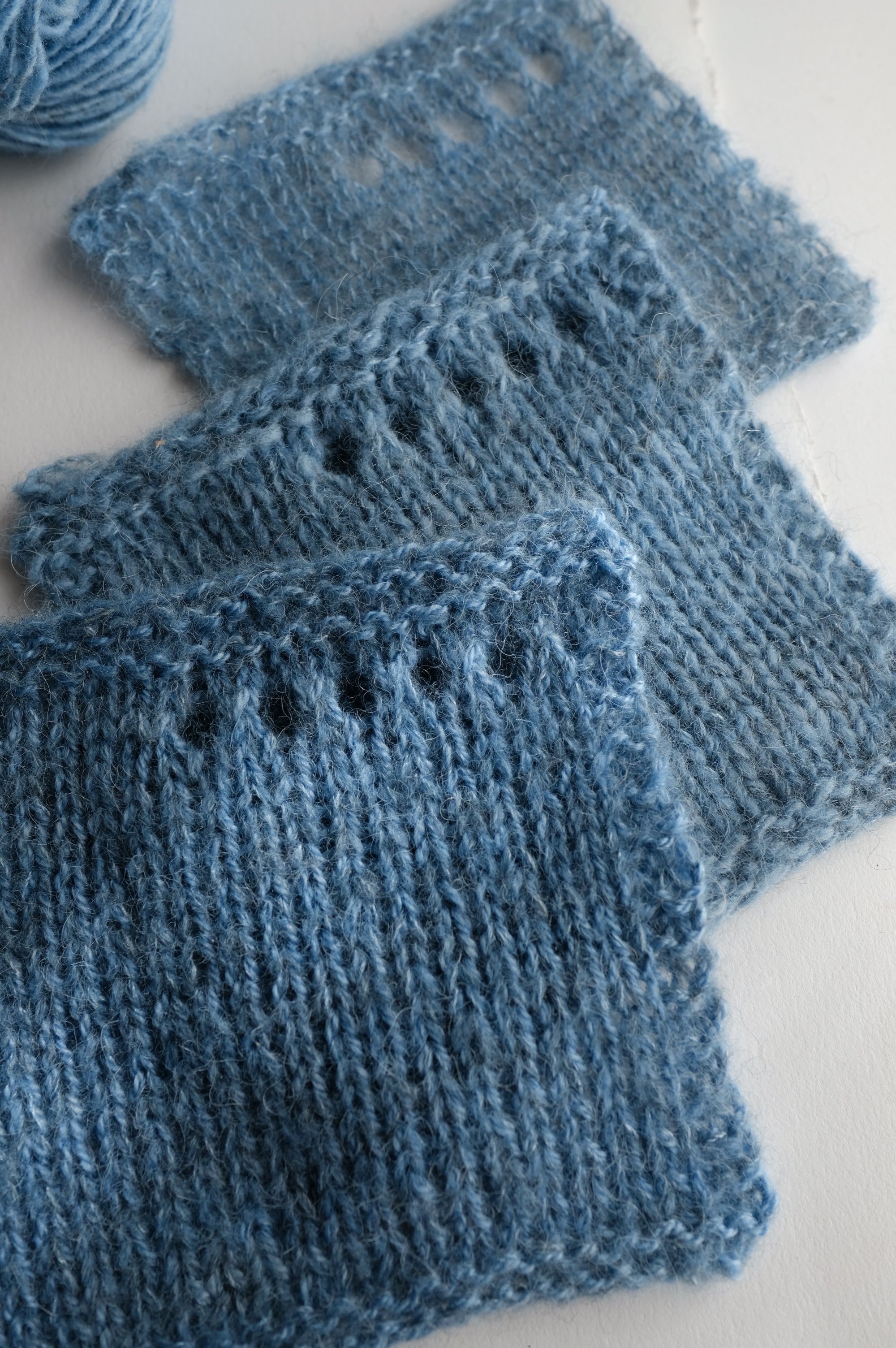
Yarn Tasting: Creating Luscious, Lightweight Fabrics for Ruth
One of my favorite things to do, is to combine yarns to create luscious fabrics. And then to turn those luscious combinations of yarns into divine sweaters!
I have been promising folks who are int...
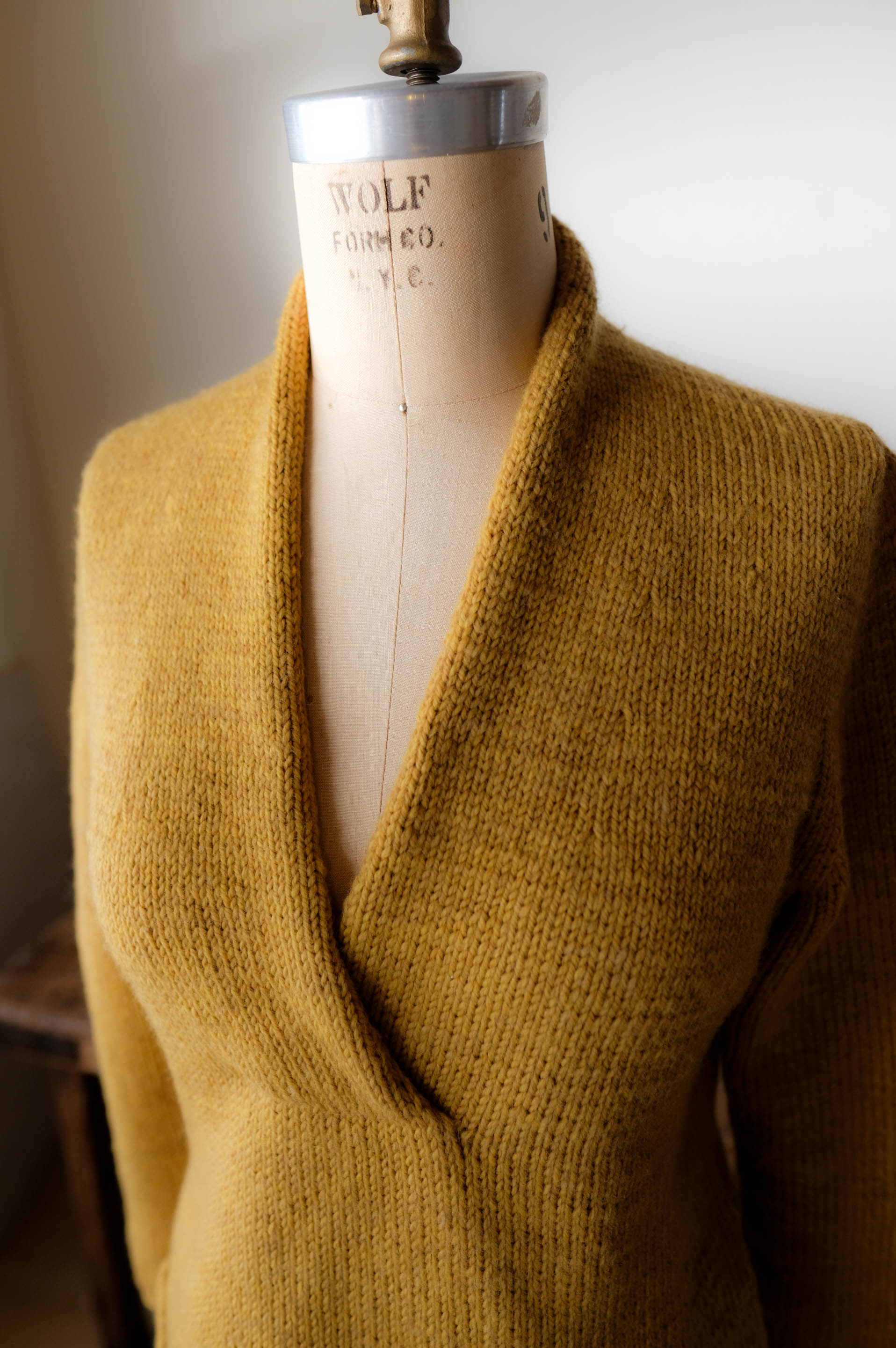
AVFKW x Cocoknits: Ruth Knit-a-Long // Gauge swatches are a good thing.
Join us for our first knit-a-long (KAL) of 2024: Ruth by Cocoknits!
~~~
PATTERN
Ruth strikes the balance between sophistication and comfort. It’s a straightforward Cocoknits method pattern with a...
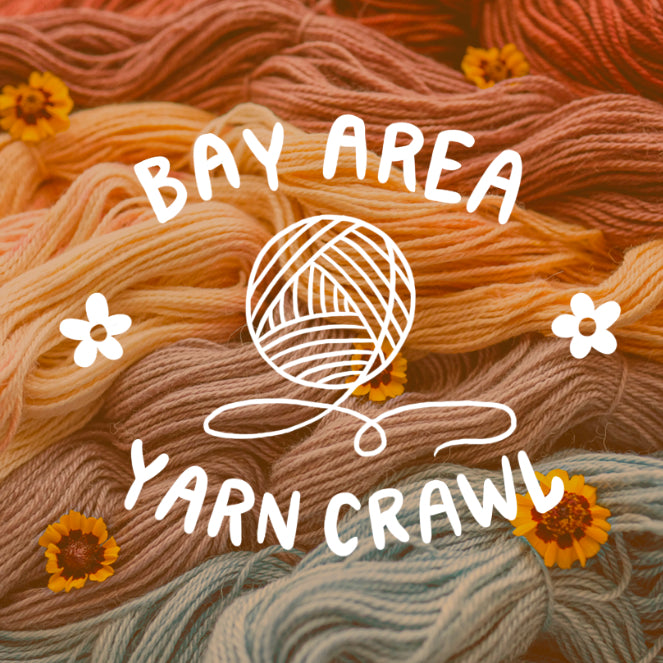
Bay Area Yarn Crawl 2024
The Bay Area is having our first yarn crawl! March 15-March 24, 2024 To celebrate we are offering a number of fun events and exclusive products!
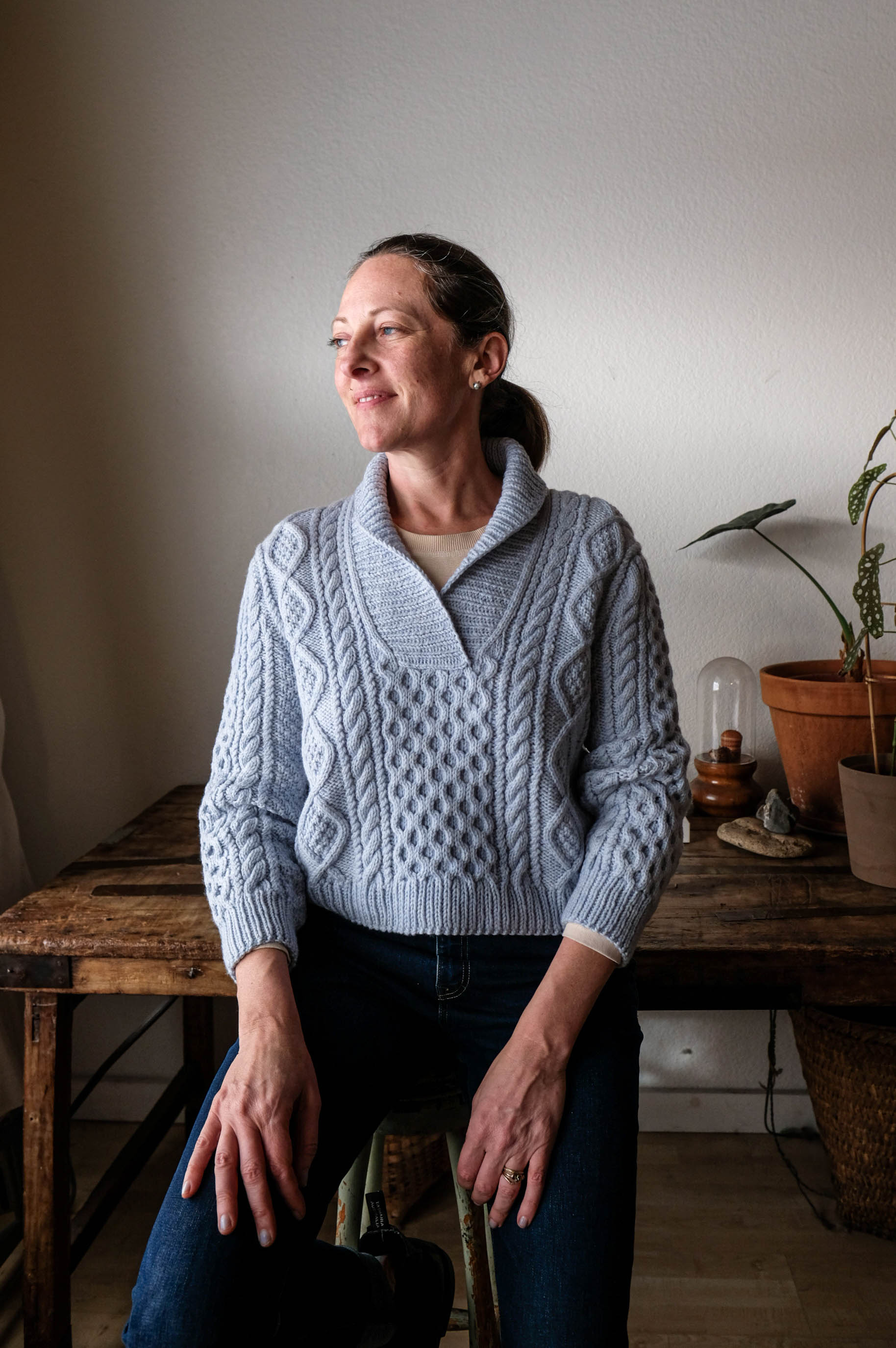
New: Jesse Sweater by Cocoknits!
Say hello to Jesse!
A new pattern by Cocoknits knit using Bread & Butter Everyday. ~~~
Jesse is inspired by the classic Irish fisherman's sweater and uses the Cocoknits Method. The cables ...
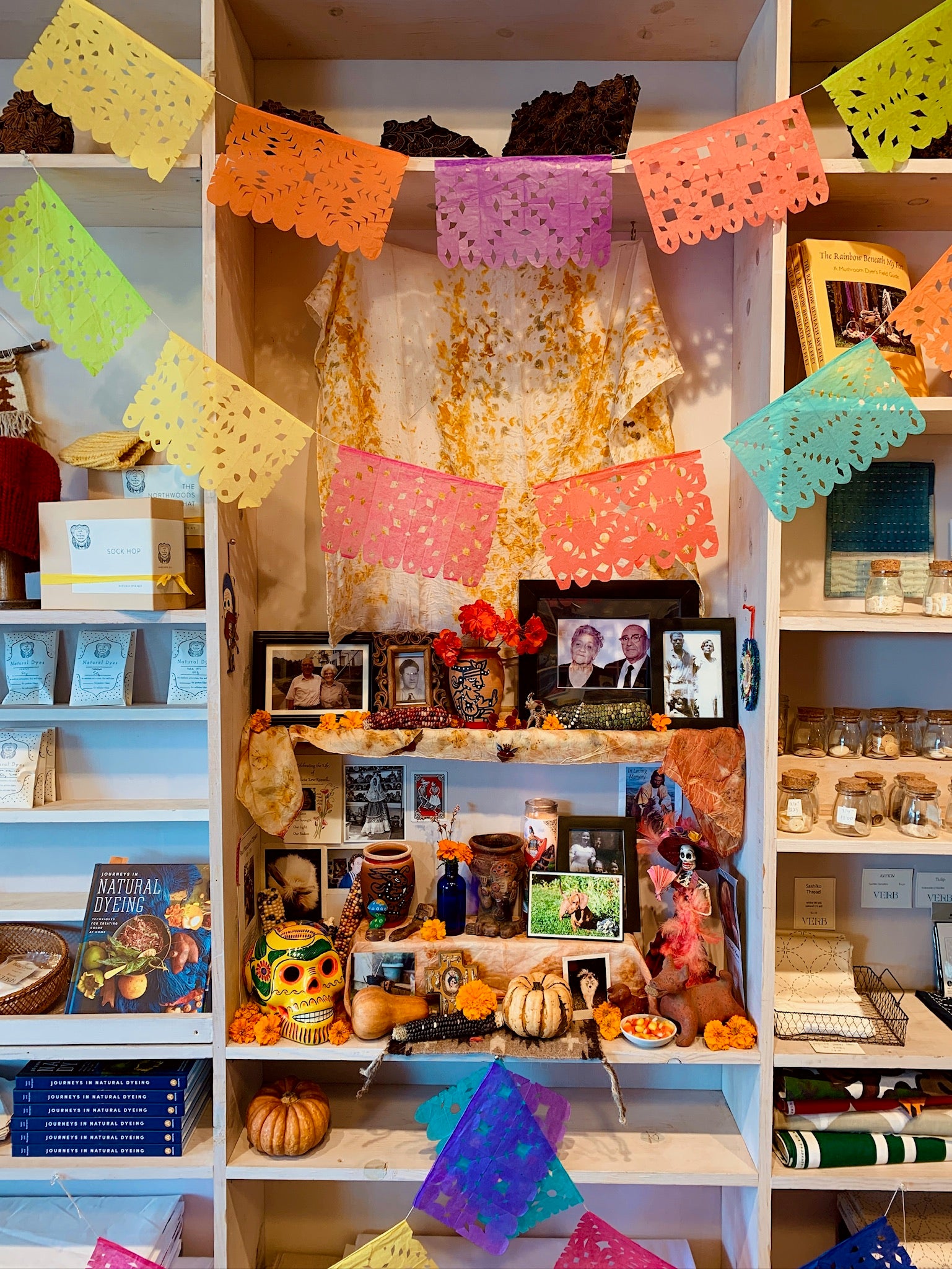
Celebrate Dia de los Muertos with Us: Saturday, October 28, 2023
We have set up our annual ofrenda at Verb. You can see it as you enter the store on your left. It changes a little bit every year but has core decorations that represent the four elements, air, fi...
